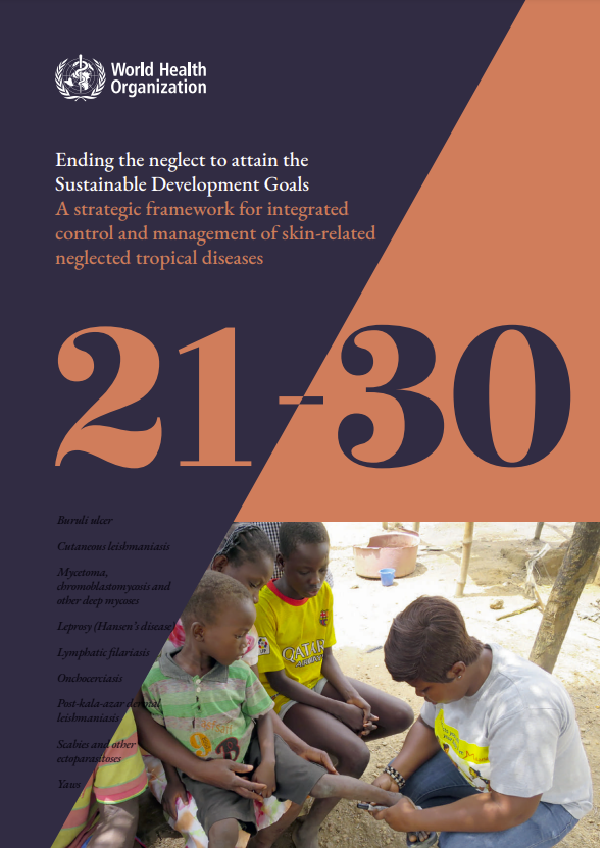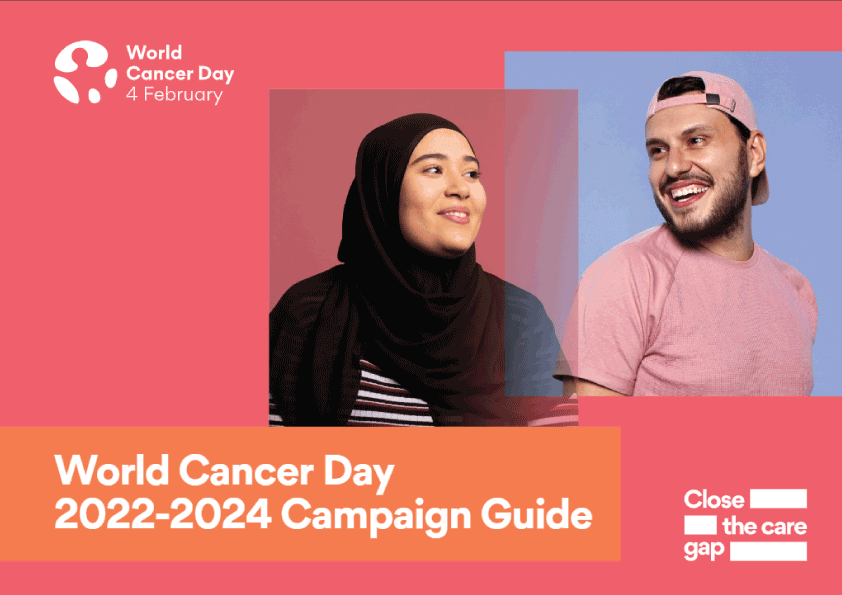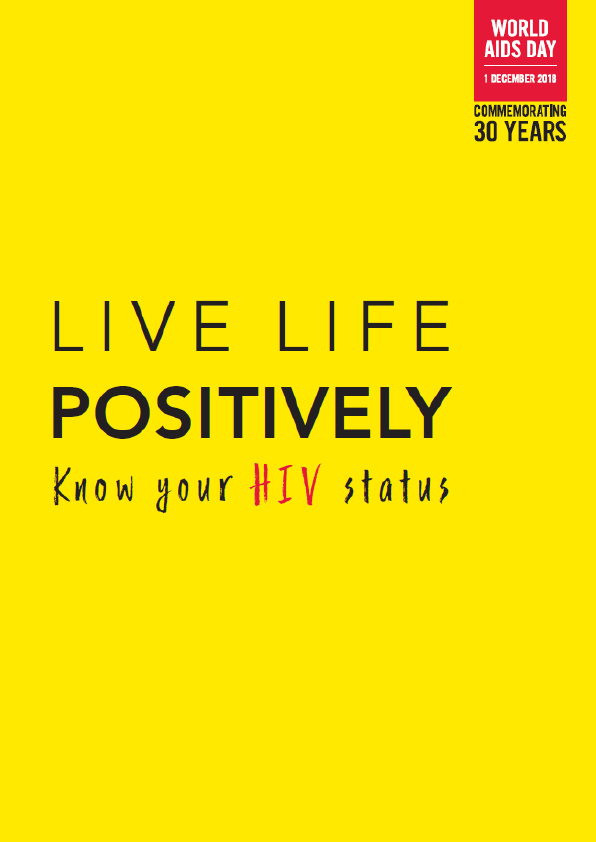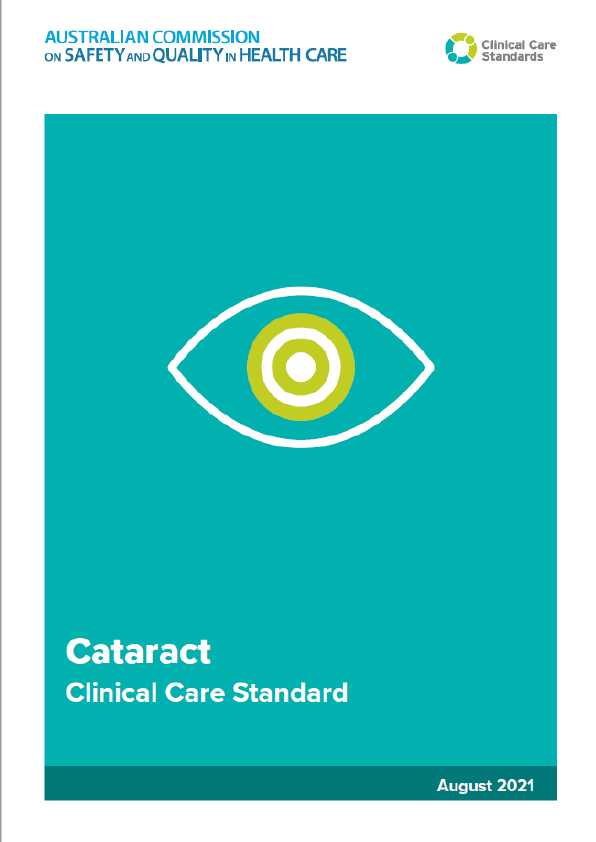Background
Neglected tropical diseases (NTDs) are a diverse group of tropical infections that are common in low-income populations in developing regions of Africa, Asia, and the Americas. They are caused by a variety of pathogens, such as viruses, bacteria, protozoa, and parasitic worms (helminths). These diseases are contrasted with the “big three” infectious diseases (HIV/AIDS, tuberculosis, and malaria), which generally receive greater treatment and research funding. In sub-Saharan Africa, the effect of neglected tropical diseases as a group is comparable to that of malaria and tuberculosis. NTD co-infection can also make HIV/AIDS and tuberculosis more deadly. Skin-related neglected tropical diseases, or “skin NTDs”, are historically neglected because active case detection, individual case management, significant resources, and intensive effort are required to control, eliminate and eradicate them. Integrated control and management of skin NTDs offer a pathway to overcoming some of these past challenges.
Skin NTDs
At least ten of the diseases included in WHO’s list of NTDs present with changes on the skin before other changes occur in the internal organs or physical disabilities develop. Given this commonality and the likely co-endemicity of many of these diseases, WHO has created a platform for skin NTDs to operationalize the cross-cutting approaches of the road map by integrating relevant activities as applicable. The skin NTDs include Buruli ulcer; cutaneous leishmaniasis; mycetoma, chromoblastomycosis and other deep mycoses; leprosy (Hansen’s disease); lymphatic filariasis; onchocerciasis; post-kala-azar dermal leishmaniasis; scabies and other ectoparasitoses (including tungiasis); and yaws.
Implementation of the framework and evaluation of progress
To measure progress against skin NTDs and integrated approaches for their control and management, countries are encouraged to adapt the road map’s indicators and define milestones and targets to enable in-country control and management of skin NTDs. Integrated reporting of skin NTDs on a common health information system will not only improve the cost−effectiveness of monitoring and evaluation but also streamline the use of data for planning and action across all endemic skin NTDs.
Ongoing country experiences in integration
Integrated active case detection, wound and lymphoedema management, training of health care workers in basic dermatology using skin NTD training materials, Apps and teledermatology are being practiced by some countries of different regions. These examples of good practices are drivers for other countries to implement integrated control and management of skin NTDs. Once this framework is adapted by countries in which skin NTDs are endemic, more evidence will be generated and reflected in future editions of this document.
Looking forward
A broad range of research is required to improve control of skin NTDs. Scientific understanding of each skin disease, point-of-care diagnostics and better medicines are needed. Operational research is also needed, for example, to evaluate training and training materials from which to improve integrated case detection on the front line of health care and to identify the roles of persons affected by skin NTDs and their families. Ideally, care should be provided close to where patients live. Given the growing availability of mobile phones and Internet connectivity, new technologies such as mHealth tools and teledermatology can be used. The recently established evidence for chemoprophylaxis supports use of targeted MDA against diseases such as scabies and yaws in areas of high endemicity. Strategies to control and manage skin NTDs are evolving with new knowledge and innovations.











